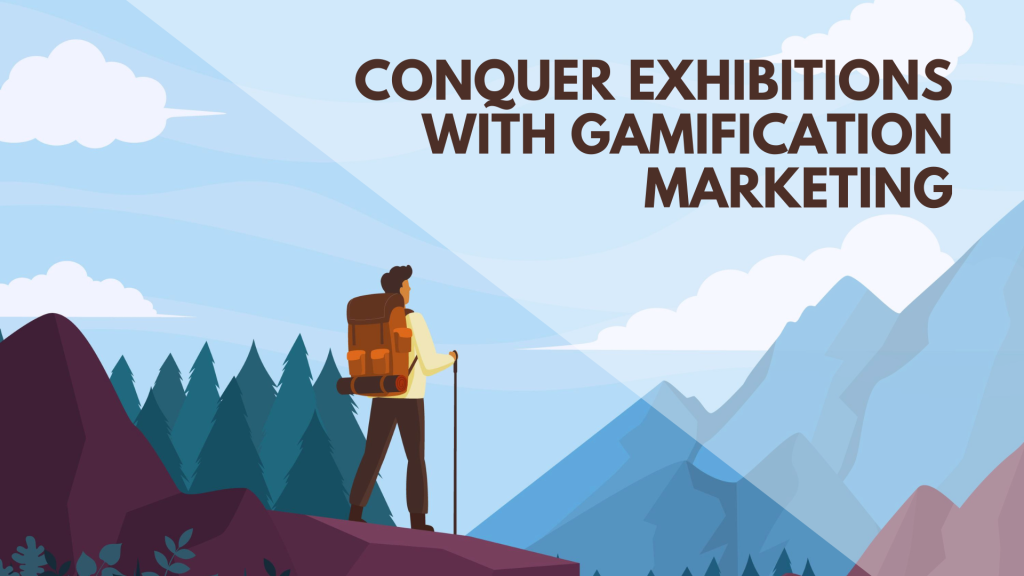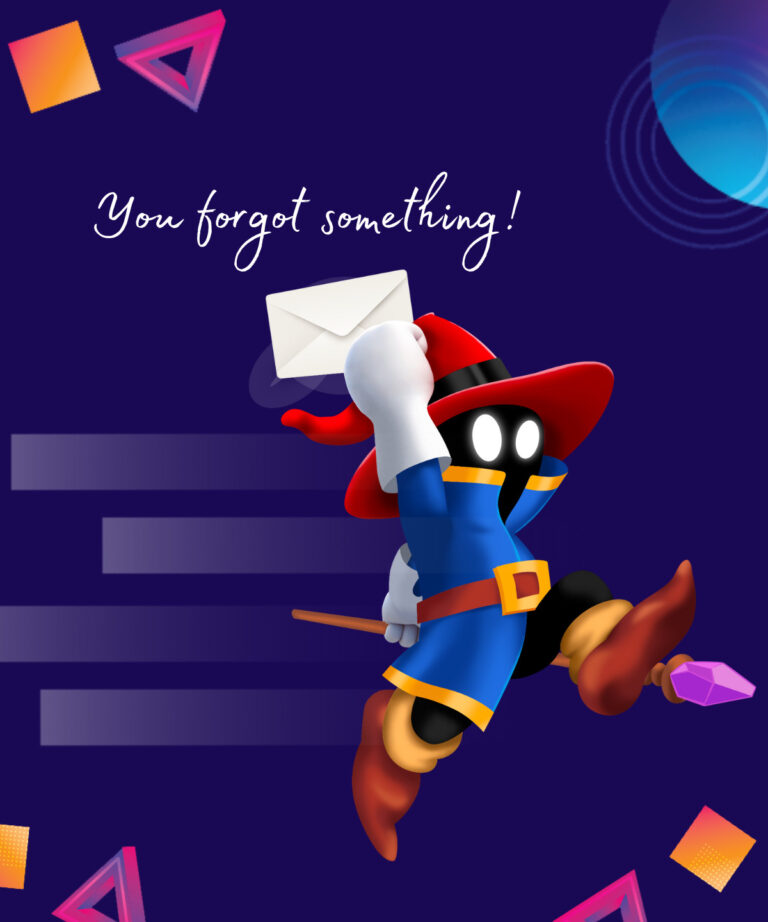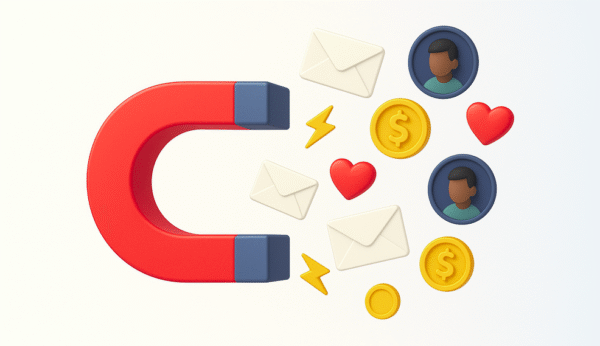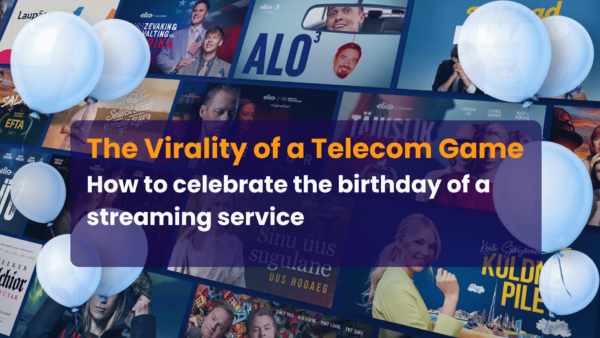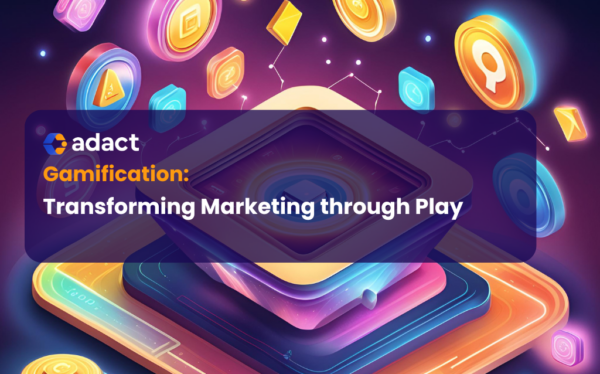Have you ever seen a game being played at an exhibition booth? It’s quite the sight, isn’t it? Games that are used in exhibition booths can be a great way to draw people in and engage with them. We recently had the opportunity to do just that at RigaComm, where we wanted to promote gamification marketing by using our own Adact platform. Here is how it all went down.
How does gamification marketing work?
Gamification is the use of game elements in non-game contexts. When used correctly, it can be an extremely powerful tool for marketing and engagement. Games are designed to be fun and addictive. So when you use gamification in your marketing campaigns, you’re tapping into those same principles to make your campaign more successful.
There are a few key elements that make up a successful gamified campaign. First, you need a clear goal or objectives. What do you want your campaign to achieve? Second, you need engaging content that will actually get people to play your game. And lastly, you need a way to measure success so you can determine whether or not your campaign was successful.
#1 Creating the Game
The process of creating a game for an exhibition booth starts with setting clear goals for your booth. Why are you participating in this event? What is the message of your game? What do you want people to take away from their experience? Once these questions are answered, you need to decide what type of game will work best for your purpose. You may want something simple but entertaining or something more involved that requires interaction with other players. Then comes the design phase—this is where you create the visuals for your game. Finally, it’s time to test it out and make sure everything works as expected!
So… Let’s take a look at how we solved these questions.
#2 How did we implement gamification in our booth?
At the recent RigaComm exhibition, we had the opportunity to showcase our gamification platform and demonstrate how it can be used in digital marketing. Our goal was to create a fun and engaging interactive experience for all of the marketing specialists who visited the event. We had a booth that was about 2×2 meters big. So there was no point in using big LED screens or anything over the top. So… what could we possibly do in such limited space? How could our booth stand out from the other booths? Simple. We created a game on our own platform and used it to engage the event visitors! Now one question remains…
#3 How we got exhibition visitors to play our game?
The success of your booth depends on active sales activity. We decided to take an entirely different approach with our team and instead of forcing potential customers into our sales pitch – we invited them to join in on a public competition. Our friendly greeting “Hey there! Interested in playing some games & winning prizes?” was met overwhelmingly with smiles from everyone who stopped by. Little did they know that this simple game would be enough to jumpstart their conversations about Adact and gamification -talk about making it fun, right?
To make it easier to access the game, we created a big banner with the QR code on it. This made the game accessible to everyone. While we were talking to visitors about Adact, several people came up and scanned the code to start playing. Everything seemed to work perfectly. But did it? Before we take a look at the analytics, let’s take a look at the game we created.
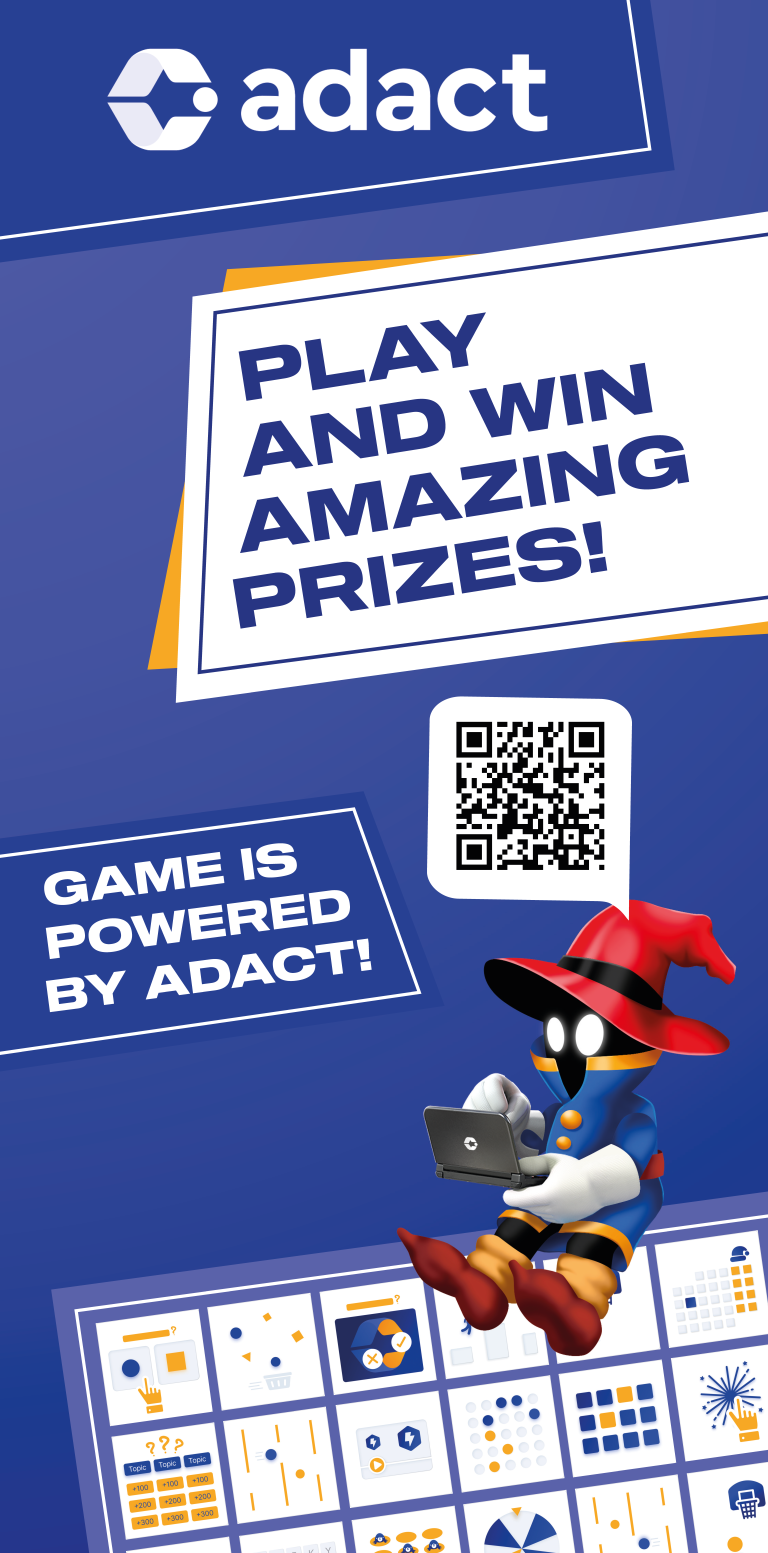
#4 Which game we chose and why?

Since we are promoting ourselves and the different usages of gamification marketing, we could choose any 40 game types available on Adact. For RigaComm We chose the Drop game for its functionalities. It is a game, where the player has to collect all the falling objects while avoiding some bad ones. We used different icons to represent communication platforms such as Facebook, email, Twitter and mobile. This helped to communicate our message of “collect leads with Adact” perfectly. But how perfectly? Adact’s analytics will help us to understand this matter
#5 Measuring success?
Adact’s analytics view gives a very good overview of the campaign. The metric we observed closely was the number of unique leads. We used our platform in two places: our booth and at the keynote. With those 2 games, we managed to collect about 200 unique leads with two games. To our surprise, the other highest-performing metric was customer engagement. We anticipated that each person plays the game once (when they finish our booth). However! According to the analytics, each player played our game approximately 5.6 times!
#6 Conclusion
Gamification can be an effective tool for increasing customer engagement at exhibitions and drawing in potential leads – but only if done correctly! Taking the time upfront to think about why you’re going and what kind of message you want attendees to take away from their experience will go a long way towards ensuring success. Additionally, customizing games according to specific needs will help create an engaging experience that visitors won’t soon forget! Finally, measuring success after each event helps guarantee even better results next time around. With these tips in mind, picking out a great game for your exhibition stand should be easy!
Book a Demo
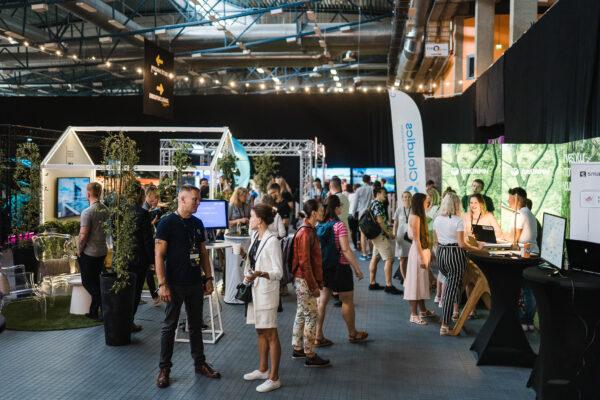
How to engage conference attendees with gamification
Trade shows have been around for centuries. Starting from ancient Greece, where salespeople shouted their best offers in the middle of the agora all the

How Coca-Cola engaged visitors at their exhibition booth?
Coca-Cola has long been known for its innovative marketing campaigns. But recently, the brand took its marketing strategy one step further by leveraging gamification!

How to Engage People at Your Exhibition Booth Using Gamification | Astro Baltics
Many companies struggle with how to create an engaging environment for their booth visitors. Who says that an IT company’s exhibition booth can’t be highly
